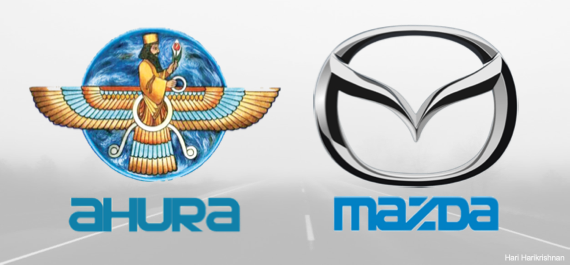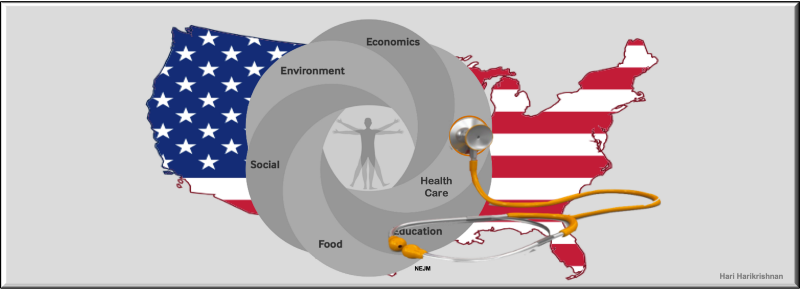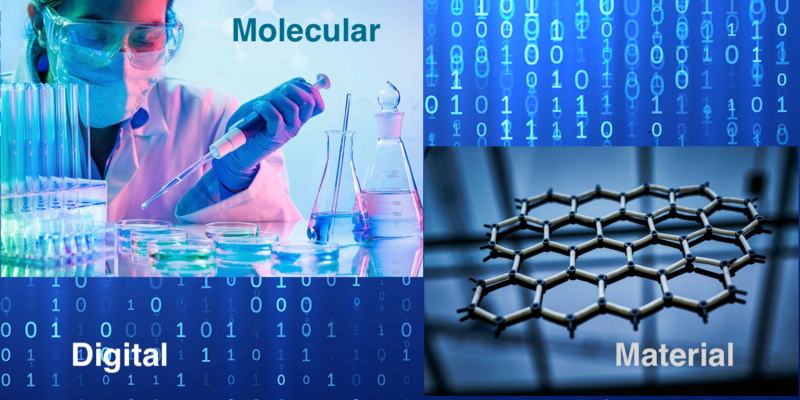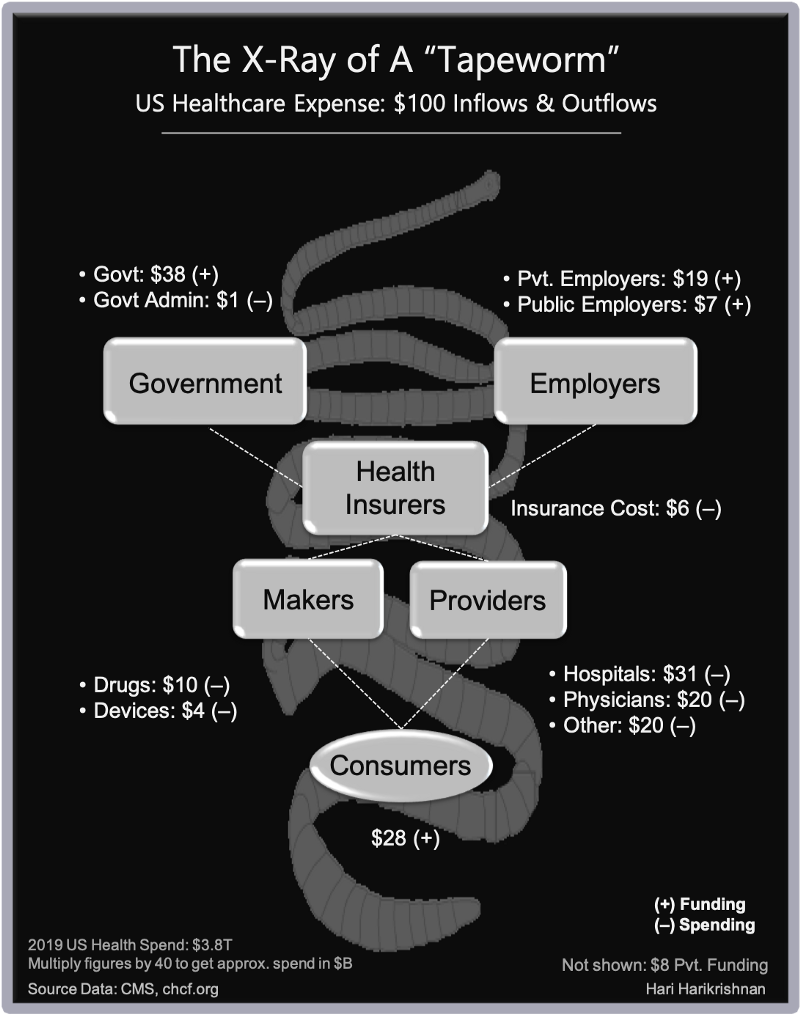A car-shopping project took a turn towards musings on 21st century automotive design, user experience (UX), and Zarathustra.

Safety concerns with our lightly-used 25-year old car sent us scurrying for a new car in pre-pandemic 2020. We kept our options wide open at the start which resulted in us trying a gamut of brands and models.
n this age of electric vehicles (EV), we had to consider them. Unfortunately, other than Tesla, the other popular electrics failed our driving preferences and finicky expectations on aesthetics and UX.
I’ll focus my design notes on three cars culled from the pack — Tesla Model 3, BMW 3 series, and Mazda 3.
In 2020, automotive design spans industrial design, experience design, and digital design. It is impossible to cover all aspects of their design. Beyond good handling, these are the aspects of design that jumped out:
- The Front / The Face
- The Side and the Rear
- The Console
- The infotainment System
1. The Face
Grills (or the lack of them) give cars personality.

BMW’s kidney grill is famous even though it didn’t always start out kidney-shaped. Mazda sports the “apron” grill (or “half-shield”). Electrics can live without it as Tesla does. Made me wonder if BB King were alive to see the transition to EVs, he might have rendered, “The Grill is Gone”.
There is nothing objectionable about the above faces. In fact, there is something to like about each. Until this happens…

The Mazda design looks fine, especially up close. Designers did a great job with the grill. Unfortunately we get to put on the license plate. Voila! The car looks vandalized! I noticed the extreme despair of a Mazda fan who attached the license plate away from the grill on the side. Saddest automotive spectacle that I ever saw!
It used to be that we designed-for-manufacturing (DFM) and we designed-for-use (DFU). This seemed an abject example of designed-for-defacing.
2020 — The Year of the Grillzillas
Before we leave the discussion on face design, I must segue into the trends in grill design. They were striking. It struck fear!
As if Covid wasn’t enough, we have an attack of the car grills. By 2020, some brands have increased grill sizes by more than 40% vs. prior year models.
See examples below.

I looked, cringed, and ran to escape this assault on the senses. It was Scary Movie #5. It was Aliens remake #10.
They each vie for the Top GrillZilla honour, but if looks could kill, Lexus would be my nemesis.

All this has given raise to internet memes on grill-roadmap’ing. See the projected evolution of grills by 2060, starting with the 2020 BMW.
BMW has deemed naysayers like me “Boomers” who don’t like change. Perhaps some tastes do need to be acquired. Horror movies aren’t my thing!
Clearly boomer BMW fans, do not have to reprise BB King, rather double down on, The Thrill is Gone.
2. The Side & the Rear
Variations abound in how the rear is configured.

Tesla’s fastback modernizes the classic hatchback look, but it does give it a tent’ish look. [Guilty, this is a nit. However, once you see it, you can’t unsee it.]
Tesla’s rear visibility is severely limited due to the raised backseats and trunk. It is annoying unless you get used to the rear camera view to see behind the car.
BMW and Mazda stick to sedan’s classic saloon form. Mazda extends the roof a bit closer to the rear than BMW sedan, seemingly a cross between fastback and sedan.
What I found catchy on the Mazda is the “ridge-less” side.

Taking a closer look, you can see how the side flows front-to-back without any bulges or ridges. This makes for a distinctive look for the car where you can recognize a Mazda by seeing just the side. [More on this flowy design later on.]
This is not an easy feat at a time when most cars look similar and the only way to tell them apart is by the logo or other signage. As a bonus, how light falls on the side body makes for nice natural effects as seen above.
The Door Handle
Before we get inside the car, a quick pause at the door.

Tesla has its unique flush door-handle vs. the traditional pull handles. It wins on looks hands-down.
Alas! Design is a compromise between function, usability, and aesthetics.

A few uses of this handle and it becomes apparent it is not meant to be opened by a hand holding groceries.
Nor is it for the arthritis-afflicted. Nor for the left-handed. Nor for those with even a minor temporary hand injury…
Intentionally or not, the designers’ aesthetic sense beat out the engineers!
3. The Console
Other than the grill (sans-grill or grillzilla), the place that has the most visible changes in the last decade is the console. Because consoles have gone digital.
See Tesla 3 and Mazda3 consoles below.

Tesla is all digital with no remnants of the internal-cumbustion-engine days. The minimalist, uncluttered Tesla stuns at first. The vast panoramic front view is expansive too.
That is until you look critically at the laptop screen that juts out from the middle like a billboard. It will take some getting used to, if you are a stickler for unbotrusive designs.
Mazda has a more traditional look. It is partially digitized with even digital dials like speedometer made to look analog. The navigation and infotainment screen is angled towards the driver — a thoughtful touch that fits the display neatly in the driver’s peripheral vision.
The utility of this angled design is immediately apparent if you’ve ever used a navigation system not angled towards the driver, but straight across the driver’s view as below.
Call it pretzel-centric design, given the twisting you’ve to do to get to the controls.

BMW has the best of both worlds. The screen is somewhat angled towards the driver with recessed housing on the console, so as to not stick out like the Tesla.

4. The Infotainment System
Tesla rolls its own proprietary interface for infotainment. Tesla’s closed non-platform approach to infotainment makes it impossible to bring-your-own content and apps to your car. As competition heats up in the EV space, they may have to revisit this.
BMW infotainment controls retain the legacy rotary dial for now, while adding touchscreen and providing wireless Car Play support. Given their 20-year history with their iDrive system, this may well rank high as a full-featured and mature infotainment experience.
Mazda, like others, have opted for Apple Car Play and Android Auto integration — a smarter move given the convenience for consumers and the difficulty in keeping up with innovations in digital interactions (e.g. touch, voice, visual design) from Apple and Google. However, navigating between the car’s built-in menu options and your apps is a long way from seamless.
For all those considerations for angled display screen and human-centric design philosophy (read about Kodo design here), Mazda chose to make its display, not a touchscreen. Navigating the screen is via a knob next to the shift, apparently to enable the drivers to operate it in their normal seated position.
Well, dear folks at Mazda, it’s 2020. We are way past jiggling some proxy knobs and joysticks to get our work done on a computer.
Yes, we are well aware that it is a substantial redesign of the console to have it be angled, touch-enabled, and fit with the rest of the console. Just do it, please!
Finis
After all these observations and complaints, we ended up buying a Mazda 3. I handled so much better than the Tesla. Mazda 3 met our requirements for utility and drivability. Its design was elegant in many respects and adquate in others. Not surprisingly, the BMW outshines the Mazda in driving experience, but that’s not a fair comparison given the consumer segments they each are after.
After rifling through over 10 brands and 20 models we were resigned to settling on some mediocre or expensive automotive. Zarathustra came to the rescue. We thanked the prophet and his Supreme God, Ahura Mazda, for their namesake creation and sparing our pocketbook from years of devastation.
Epilogue
During this shopping episode, Tesla Model 3 repeatedly reminded me of a Mazda RX-7 I had years ago. Comparing a newer Mazda (MX-5 / Miata) to a Tesla 3 does suggest more than a modicum of shared sisterly DNA.

Is it a coincidence, I wondered. Upon researching, I found that Tesla’s designer, Franz von Holzhausen, used to be a Mazda designer. In fact, he was responsible for a flowing 2010 Mazda design called Nagare.
Is the flowing side-body of a 2020 Mazda 10-years in the making? Was it because production couldn’t realize designer’s vision?
How much of Tesla’s design language owes itself to Mazda? Given the same constraints on size, price, and aerodynamics, won’t different designers end up with common elements across their designs anyway?As humans, don’t we carry our sensibilities, skills, and tools across jobs?
Now, for the design and marketing geeks…
Mazda logo and lettering is in itself a study in brand identify and visual design.

The ‘M’ in the logo — suggesting wings that give it flight — is a great design element for numerous variations in print and digital. You can see it accentuated in TV advertisements (in the end-tag of the ad spot).
Why is the ‘M’ circled, I wondered? Most traditional automakers have circular logos. Not Tesla, which has a styled ‘T’.
Was the circle a design compromise for manufacturability in its time and Tesla wasn’t burdened by it? Or was the circle for symmetry or meant to imply “holistic”? I suspect manufacturability had a lot to do with older logos being circular.
For the ultra geeks: Mazda lettering uses the font SF Automaton. This font lets you combine upper and lower case for a uniform appearance. Imagine how out-of-place a ‘d’ in Mazda logo or ‘h’ in my “Ahura logo” would’ve looked with any other font.





